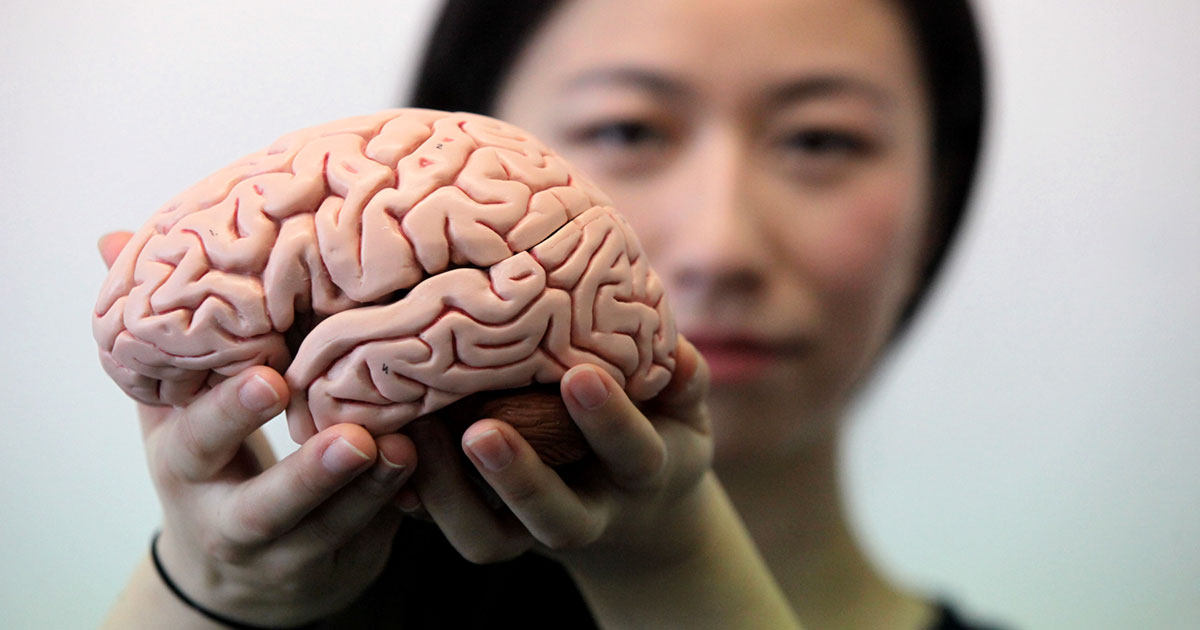Today, the creation of safe and effective ways to modulate brain activity has led to the rapid growth of non-invasive methods. But how is the human brain connected to a computer wirelessly?
Modern techniques are based on methods to avoid surgery in treating diverse neurologic and cognitive diseases and for research purposes of understanding brain function better and developing new methods in neuroscience. Let’s look at the possibilities of the technology and the risks below.
Non-Invasive Brain Stimulation Definition: How This is Explained
Non-invasive brain stimulation combines techniques that activate or mediate brain activity, bypassing the need for electrodes or surgical procedures. Instead, magnetic fields or low electrical power currents are used to achieve activation directed to specific nerve structures of the brain.
The purpose of noninvasive brain stimulation is to alter brain activity and connections between neurons to treat diverse health issues. Due to their noninvasive nature, these methods are usually accompanied by a lower risk of complications and allow the procedure in a wide range of patients, which makes them attractive tools in research and clinical practice.
This research has two main directions: brain-to-computer (BCI) and brain-to-brain (B2B). Wireless brain-to-brain communication allows people to use brain signals to interact and control computer technology. On the other hand, brain-to-brain communication allows a direct exchange of information and thoughts between different brains without requiring speech or other traditional communication tools. This technology is still in the early stages of development and requires further research.
Methods of Brain Stimulation
One of the main techniques is transcranial magnetic stimulation (TMS). Another common approach is transcranial direct current stimulation (tDCS). The main difference between TMS and tDCS is the principle of action – the first uses magnetic fields, and the second uses electric currents. These methods have different effects on the brain and can be applied in different scenarios.
Benefits of TMS:
- High Accuracy. The method allows for precise targeting of specific brain areas, allowing for pinpoint impact on target structures.
- Advanced technology. This technology is widely used in scientific research and has proven efficacy in treating depression, schizophrenia, Parkinson’s disease, etc.
- Reversibility of effect. The effects of TMS are temporary and reversible, which means that the effects cease when the session ends.
- Fewer side effects. The treatment is usually better tolerated than some other methods of brain stimulation.
Benefits of tDCS:
- Lasting effects. TDCS can cause sustained alterations in cerebral activity, even after a session.
- Flexibility. This method allows you to adjust the strength and direction of the current, allowing you to tune the stimulation depending more finely on the patient’s goals and needs.
- Potential for long-term treatment. The use of TDCS in long-term program courses can lead to lasting clinical improvements in patients with multiple neurological and mental health disorders.
- Wide range of applications. The technology treats pain, depression, schizophrenia, and rehabilitation programs after strokes and other brain injuries.
Each of these methods has its unique advantages, and the choice between them depends on the specific needs of the patient and the goals of brain stimulation.
Limitations and Risks of Noninvasive Methods
All brain stimulation approaches, like TMS and TDCS, have some limitations and risks that should be considered:
- Limited penetration. Noninvasive methods may have limited penetration into deep brain structures. In some cases, more invasive stimulation techniques may be required when precise exposure to deep areas is obligatory.
- Individual Variability. Response to noninvasive techniques can be personalized. Some patients may benefit significantly from stimulation, while others may have less noticeable effects.
- Temporal limitations. The effects of stimulation may be temporary and require repeated sessions to maintain lasting results.
- Undesirable effects. Although this treatment is usually well tolerated, some undesirable side effects, such as headache, discomfort, or pressure, may occur.
- Limited availability. These techniques may not be available in all medical facilities and require qualified personnel to perform the procedure.
Patients considering nonintrusive cerebral stimulation techniques should be aware of possible limitations and risks and discuss all their questions and concerns with a medical professional before deciding to have the procedure.

